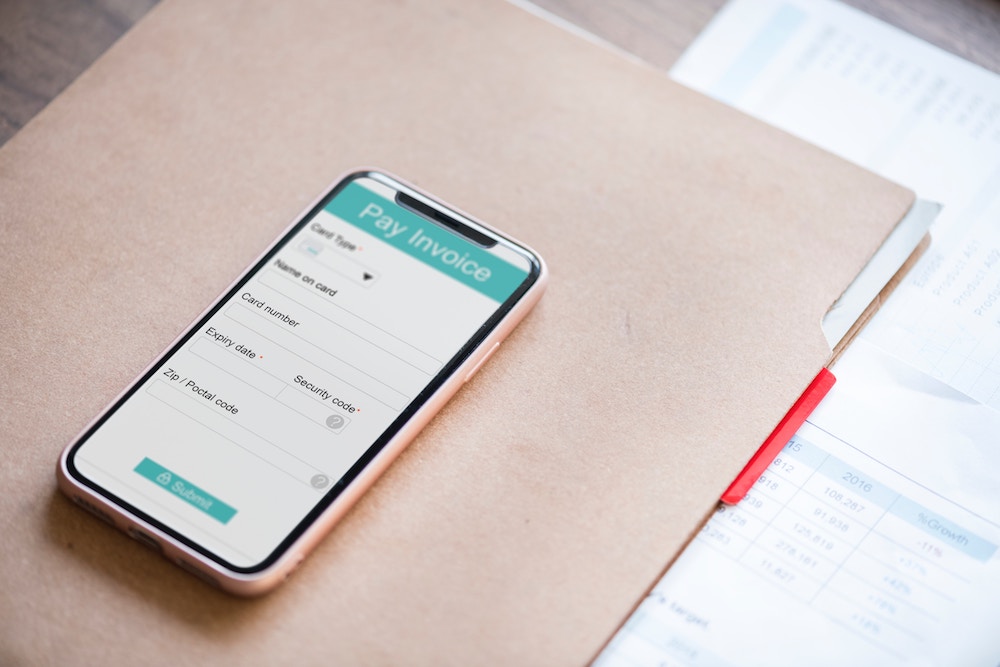You’ve landed a client, done an amazing job on the project, handed over the final work and then…. nothing.
They’re waiting for you to invoice them and you haven’t got a clue how to invoice a company for freelance work. Trust me, I’ve been there. As someone who was once only accustomed to getting paid directly into my bank every month, the learning curve was quite steep with this one.
Don’t worry, we’ve all been there, and learning how to invoice a company for freelance work really isn’t difficult.
You’ll save yourself a lot of time if you decide how you’re going to invoice the client before you’ve even started the project.
Is this a retainer client?
Are you billing by the hour?
Do you need to charge VAT?
Are there any other added expenses that you will need to charge them for?
No one likes to get an unexpected bill, and your client is no different. Make sure that it’s clear in your proposal and contract what you are charging them for and how much it will be.
This is also a great opportunity to set out your expectations for how quickly you would like to be paid.
Some companies have their own rules around paying freelancers. They might have 30, 60 or even 90-day payment terms. If this happens, you might want to reconsider how much work you want to do for them without seeing any money. I don’t know many freelancers who would be happy to work for 3 months before they see any payment.
Most freelancers will request much shorter payment terms, such as 3 days, 7 days or even 2 weeks. Set out your expectations at the start of the project or you could run into problems when it comes to getting paid.
How to invoice a company for freelance work
There are a few different options for invoicing your client. You can either find an Excel or Google Drive template and make your own every month, or you can find online accounting software to do the work for you.
Google Docs/ Excel Invoicing
If you are going to create your own invoices, you need to make sure you stay organised. You’re creating a document that the company might use for tax reasons, so it’s important that everything is accurate.
According to the UK Government website, all invoices should clearly state the word “invoice” and also include the following:
- a unique identification number
- your company name, address and contact information
- the company name and address of the customer you’re invoicing
- a clear description of what you’re charging for
- the date the goods or service were provided (supply date)
- the date of the invoice
- the amount(s) being charged
- VAT amount if applicable
- the total amount owed
If you’re creating your own invoices, it’s important to keep track of the unique identification numbers. If you issue an invoice with a number you have used before, this may delay payments if the company accountant thinks they have already paid it.
Free Accounting Software
I’m going to look at two different types of accounting software, one is free and the other has a small monthly charge. I use both of them in my own freelance writing business.
First up, the free one. Zervant is an invoicing service that produces clean and efficient invoices and helps you to keep track of your earnings. For a small monthly fee, you can also upgrade to have access to things like time tracking, which is perfect for hourly billing.
You can save up to 10 “customers” on the free plan, which should be enough for most freelancers and small businesses. I’ve never felt the need to upgrade and use Toggl to track my time.
Zervant allows you to create and send invoices directly from the platform, which then allows you to see when a client has seen your invoice. You can also download it as a PDF so you can attach it to an email. Obviously, you’ll lose tracking information if you use this method, but you can also use things like Hubspot to track when your emails get opened.
Paid Accounting Software
Quickbooks is probably one of the best-known small company accounting companies in the world. I use this to keep track of my various business accounts and to categorise my spending. You can also use Quickbooks to send your invoices. Like Zervant, it also allows you to see when a client has opened your invoice. You can also integrate it with PayPal if you’d preferred to be paid through PayPal rather than directly to your bank account.



